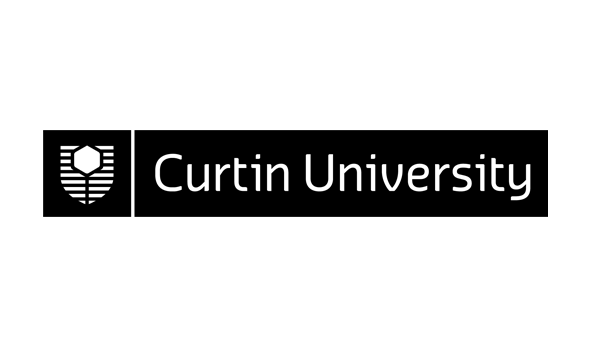13390 (v.3) Requirements Engineering 252
| Area: | Department of Electrical and Computer Engineering |
|---|---|
| Credits: | 25.0 |
| Contact Hours: | 5.0 |
| ** The tuition pattern below provides details of the types of classes and their duration. This is to be used as a guide only. For more precise information please check your unit outline. ** | |
| Lecture: | 1 x 2 Hours Weekly |
| Tutorial: | 1 x 1 Hours Weekly |
| Laboratory: | 1 x 2 Hours Weekly |
| Prerequisite(s): |
12703 (v.2)
Engineering Programming 104
or any previous version
|
| Syllabus: | An introduction to the fundamentals of the software engineering (SE) discipline. The basic concepts to be presented are an understanding of requirements engineering, its scope and its role in software development. Role of requirements. Engineering in SE. An understanding of techniques and tools available for requirement specification. Current techniques, notations, methods, processes and tools used in requirements engineering. An understanding of the role of prototyping in requirements engineering. Gain a basic grounding for research in requirements engineering including current research issues and direction of the field. Awareness of literature. |
| ** To ensure that the most up-to-date information about unit references, texts and outcomes appears, they will be provided in your unit outline prior to commencement. ** | |
| Field of Education: | 031305 Computer Engineering |
| SOLT (Online) Definitions*: | Not Online *Extent to which this unit or thesis utilises online information |
| Result Type: | Grade/Mark |
Availability
| Year | Location | Period | Internal | Partially Online Internal | Area External | Central External | Fully Online |
|---|---|---|---|---|---|---|---|
| 2008 | Bentley Campus | Semester 2 | Y |
Area External refers to external course/units run by the School or Department or offered by research.
Central External refers to external and online course/units run through the Curtin Bentley-based Distance Education Area
Partially Online Internal refers to some (a portion of) learning provided by interacting with or downloading pre-packaged material from the Internet but with regular and ongoing participation with a face-to-face component retained. Excludes partially online internal course/units run through the Curtin Bentley-based Distance Education Area which remain Central External
Fully Online refers to the main (larger portion of) mode of learning provided via Internet interaction (including the downloading of pre-packaged material on the Internet). Excludes online course/units run through the Curtin Bentley-based Distance Education Area which remain Central External

